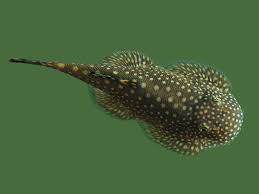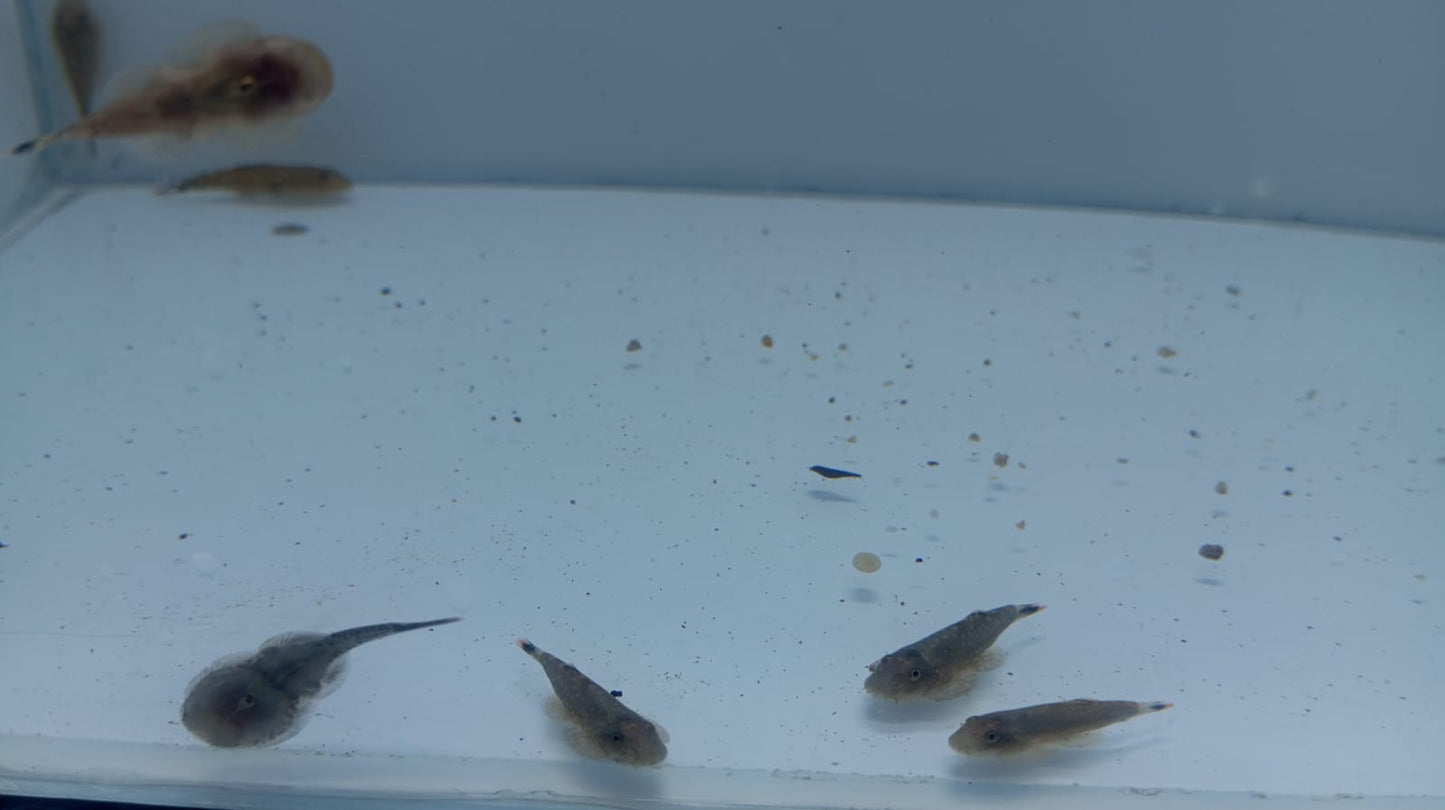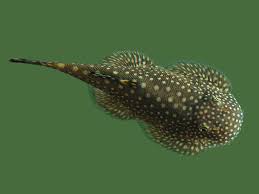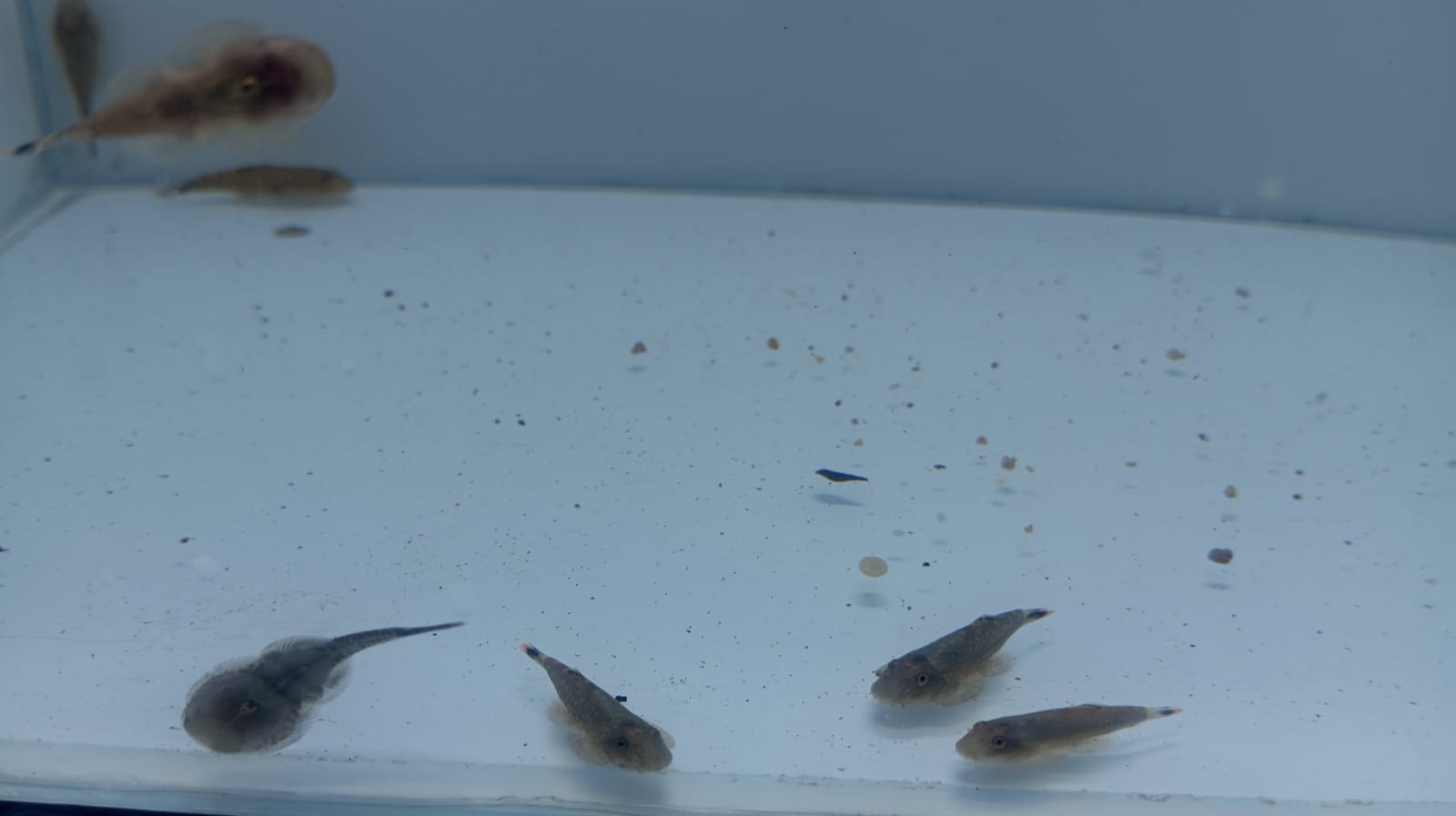Loach-Borneo
Loach-Borneo
check_circle Fast Shipping
check_circle Quality Products
check_circle Affordable Price
Reach out to us on ''available to order'' items via WhatsApp or email
17 in stock
Couldn't load pickup availability
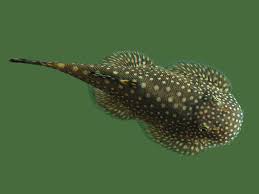
Loach-Borneo
package_2
Product Description
Product Description
All our fish, shrimp and corals are bagged with fresh oxygen as well as a heat pack in winter.
When ordering livestock please select the box size and add it to your cart for accurate overnight (1-2 days) shipping costs. A small box can take 1-2 bags and a medium box 6 bags. One bag fits max 10 small (1-3cm) fish or max 2 medium (3-5cm) fish or max 1 large (>5cm) fish.
ONE SPECIES PER BAG. Eg: One bag of 10 neon tetra.
Borneo Loach (Paracanthocobitis scheeli)
Description:
-
Appearance:
- Body: Elongated and slender with a cylindrical shape.
- Color: Typically light brown to olive with dark, irregular spots or stripes along the body.
- Size: Grows to about 2.5-3.5 inches (6-9 cm) in length.
- Distinctive Feature: Has a slightly flattened head with barbels around the mouth and a long, slender body with a forked tail.
-
Behavior:
- Activity: Mostly nocturnal. Active during the night, hiding and foraging in the substrate during the day.
- Social Structure: Peaceful and prefers to be in groups. Can be seen exploring the tank together and are known for their interesting and interactive behavior.
Care Requirements:
-
Tank Size:
- Minimum: 20 gallons (75 liters). Larger tanks are preferable for groups to provide ample space and hiding spots.
-
Water Parameters:
- Temperature: 75-82°F (24-28°C). They thrive in slightly warmer temperatures.
- pH: 6.0-7.5. Prefers slightly acidic to neutral water.
- Hardness: Soft to moderately hard water.
- Filtration: Standard filtration with good water circulation. Ensure the filter does not create strong currents as Borneo Loaches prefer calmer waters.
-
Tank Setup:
- Substrate: Soft, fine substrate like sand or smooth gravel is ideal to prevent injury to their sensitive undersides.
- Aquascaping: Provide plenty of hiding spots with rocks, driftwood, and plants. They appreciate a well-decorated tank with ample places to hide and explore.
- Lighting: Moderate lighting is sufficient. They are not particularly sensitive to light levels but will do better in a tank with subdued lighting.
-
Diet:
- Primary Food: Omnivorous. Will eat a variety of foods including high-quality sinking pellets, live or frozen foods like bloodworms, brine shrimp, and small invertebrates.
- Supplemental Food: Offer occasional treats such as small insects or finely chopped seafood to ensure a varied diet.
-
Behavioral Considerations:
- Compatibility: Peaceful with other fish. Avoid aggressive species that may stress them or cause injury.
- Social Behavior: Best kept in groups of at least 3-5 individuals. They are social creatures and feel more secure in groups.
-
Tank Maintenance:
- Water Changes: Regular water changes (20-30% weekly) are essential to maintain water quality and remove waste.
- Cleaning: Clean the tank regularly, including removing uneaten food and detritus. Ensure the filter is properly maintained.
-
Health Care:
- Observation: Monitor for signs of stress or illness, such as changes in behavior, loss of appetite, or visible symptoms like unusual coloration or lesions.
- Treatment: Maintain optimal water conditions and consult an aquarium professional if health issues arise. Common problems include skin infections and parasitic infections.
